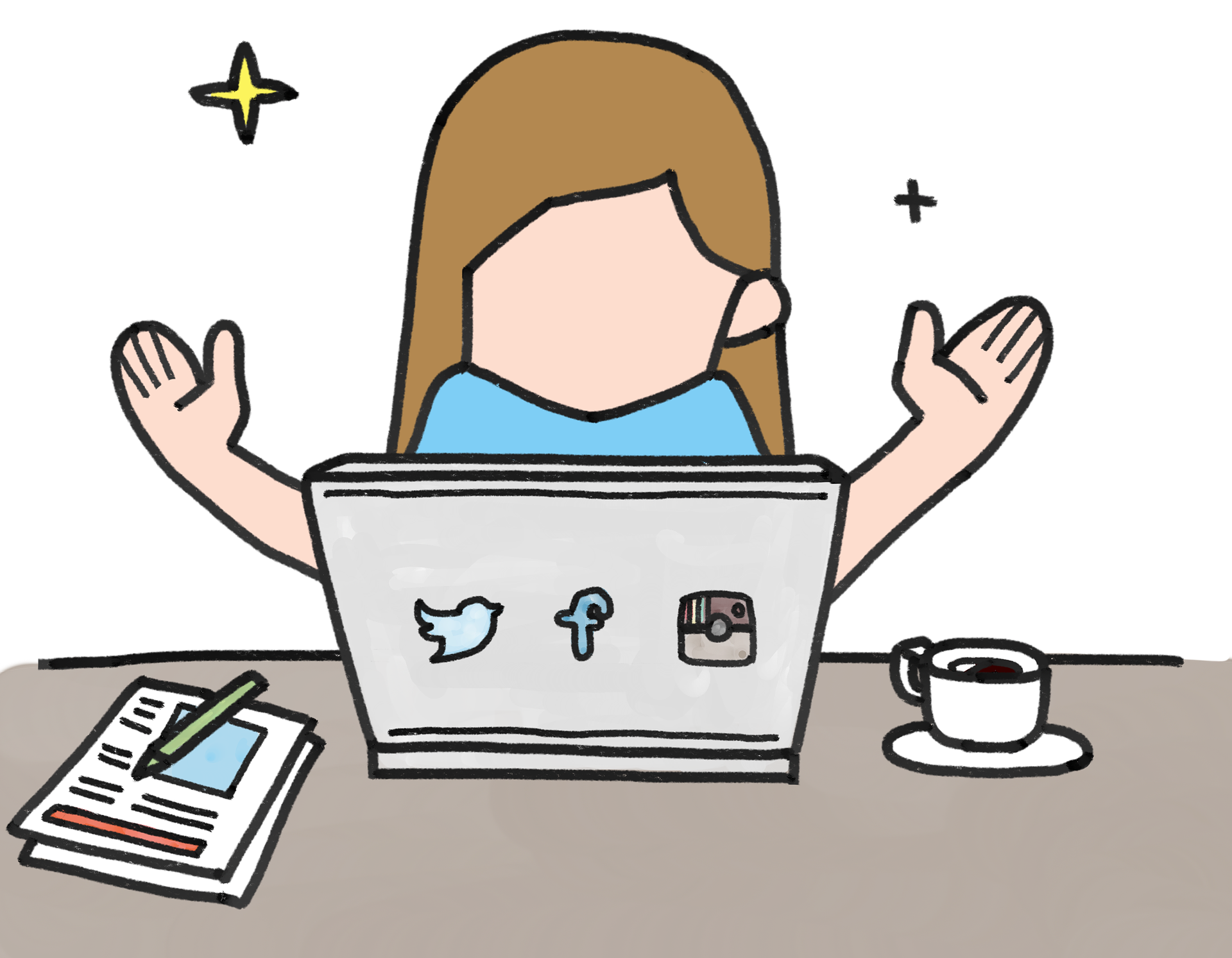There are many image formats in use today. For example, jpg and jpeg are two common formats for digital images. But what is the difference between these two file types? This article will explain what exactly makes them different from one another and why you should care about it. Let’s dive in!
No. They are two different image formats.
The answer is no. They are two different image formats. JPG is a lossless format, whereas JPEG is a lossy format.
In short, JPEG uses data compression to reduce the file size of an image by discarding some of its detail, whereas JPG does not do this. This results in images that have less detail and a slightly blurry appearance when compared to those saved as JPG files.
The difference is in the compression algorithm.
JPEG, or JPG as it’s more commonly known, is a lossy compression format. This means that some data is removed from the image to make it smaller and easier to store and transmit. JPEGs are also referred to as JFIF files since they use the same container format as TIFF files do.
The difference between jpg and jpeg is in the compression algorithm used to create them. JPEGs are lossless: all of the original information can be recovered with perfect fidelity from a well-formed JPEG file containing exactly one complete picture (or frame). JPGs however, can lose some information in order to create smaller file sizes than an uncompressed bitmap would require; this applies especially when there are large areas of uniform color such as blue skies or white clouds in an image—these areas tend not only not change much over time but are also very difficult for human eyesight anyway so removing them doesn’t impact how we perceive things in these cases at all!
Jpeg uses lossy compression.
The JPEG file format is a compressed image file format that supports various types of data compression, including lossless and lossy. Lossy means that some image data will be lost when you compress the image, but you won’t notice it unless you look closely.
- There are four different JPEG quality settings: 1-10 as well as 0-100%. The highest quality setting saves more data than the lowest quality setting.
- The higher your image quality setting, the smaller your compressed file size will be; however, this can result in larger files because there’s so much more information contained within them!
Lossy compression means that the data in the jpeg file is reduced.
Lossy compression means the data in the jpeg file is reduced. The size of jpeg files is kept small by removing information from them, which may cause a loss of image quality. This lossy compression reduces file sizes but you can still see a difference between high-quality images (like those on your computer) and low-quality versions of those same photos. When you use this type of compression for photos, it’s best used for images that don’t need to be edited very much—for example, if you want to use an image as part of an infographic or something else where it won’t be zoomed in very much at all so that any small details lost due to compression won’t matter too much. It can also help you save space on your phone when there are lots of pictures stored on your device and make sure they take up less space!
And data removed from the image cannot be restored via any software tools later on.
JPEG is a lossy compression algorithm, which means that some data is removed from the image during compression. This allows for higher compression ratios and smaller file sizes. However, once the data has been removed from the image via JPEG encoding it cannot be restored via any software tools later on.
JPEG images are more suitable for photographs where quality loss can be tolerated in favor of smaller file sizes; however JPEG does not work well with web images (which tend to be larger than most desktop images) because JPEG’s lossy nature causes noticeable artifacts when large amounts of color information are removed (e.g., small text). In contrast, lossless formats such as PNG or GIF may produce larger file sizes but they retain 100% of all original image data without introducing any distortions or artifacts—ideal qualities for graphics or designs with small areas containing fine details such as text and logos.
This is a contrast to jpgs and jpegs which use lossless compression algorithms.
JPEG is the most common format used to compress photos and videos. If you’ve ever taken a photo with your smartphone and have seen it show up as a JPEG file, then you’ve experienced the benefits of this image compression method: it’s small and fast to load on your device, but some of the details get lost along the way.
On the other hand, JPG (JPEG) is an uncompressed file format that uses lossless compression algorithms. This means none of your data gets thrown away in order for it to be compressed into a smaller size—it’s all preserved! The downside is that this makes these files larger than their JPG counterparts—and sometimes slower to load when viewed on devices like smartphones or tablets because they take longer for their hardware to process them in realtime.
Conclusion
In other words, the term jpeg is used to refer to both a lossy compression algorithm and a file format that uses this algorithm. Click here if you wants to read about JPEG to JPG compressor.

